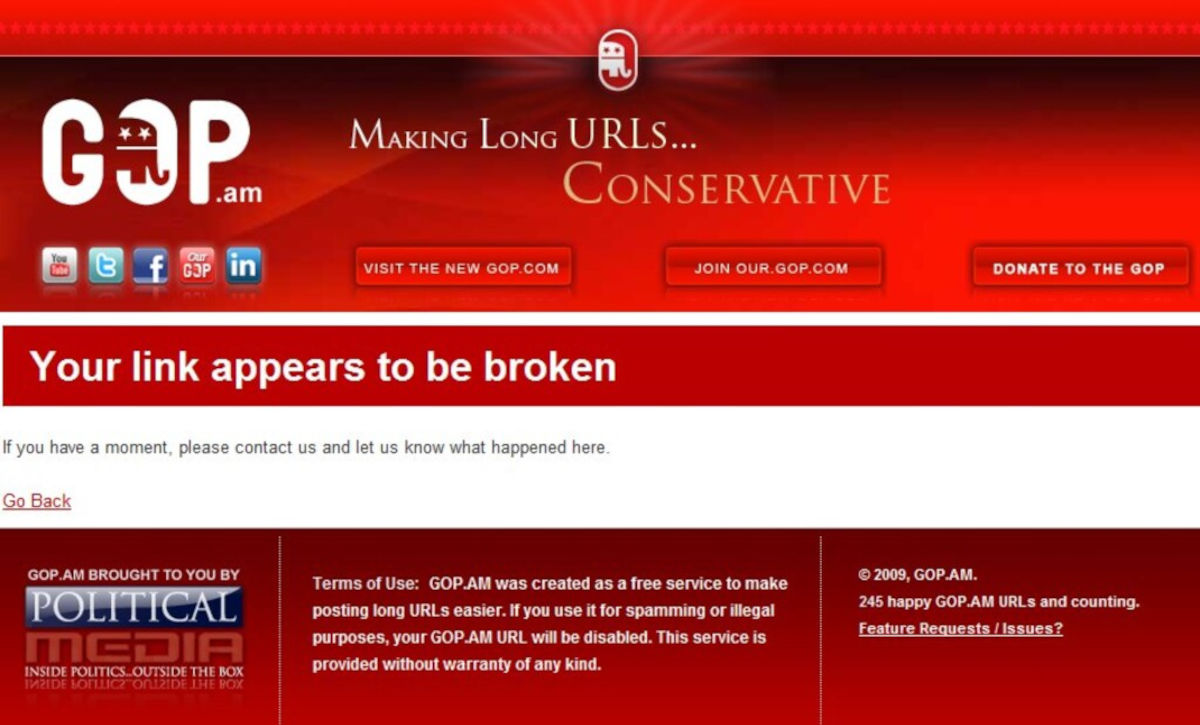In the age we live in, scams that aim to steal personal information through deception have grown more frequent. They use various tactics to trick you into providing sensitive information. It can be passwords, credit card details or other personal information. One tactic that is often used in phishing scams is the use of shortened URLs in emails. In this article, we will take a detailed look at how phishing scams use shortened URLs in emails and what you can do to protect yourself.
- What is a Phishing Scam?
- How are Shortened URLs used by Phishing Scammers in emails?
- How can you spot Phishing Scams using Shortened URLs in emails?

What is a Phishing Scam?
A phishing scam is a type of cyber attack that uses various tactics to trick users into providing sensitive information. These scams can take many forms: phone calls, text messages, emails. Everything is possible. Social engineering techniques are often used to create a sense of urgency or fear. It tries to get you to take action quickly, for instance by clicking on a link or providing personal information.
How are Shortened URLs used by Phishing Scammers in emails?
Phishing scammers often use shortened URLs in emails as a way to conceal the true destination of a link. The shortened URL will typically lead to a site that looks similar to a legitimate site. It can be your bank, insurance or your favorite online shop. You will promptly be asked to provide personal information as soon as you click. The phisher will use this information to gain access to your account, your money, or steal your identity.
How can you spot Phishing Scams using Shortened URLs in emails?
Several steps can be taken to protect yourself from phishing scams that use short links in emails. These include:
- Be cautious of emails from unknown sources or that seem suspicious. Phishing scams often use emails that look like they are from a legitimate source but are really not. Look for details: grammatical errors, wrong spelling of your name etc...
- Do not click on links in emails that you suspect may be a phishing scam. To check the full URL, you can, instead, hover over the link and check if the URL is legitimate.
- Use a service like Checkshorturl to check the destination of a short URL before clicking on it. That way, you can make sure the full URL is trustworthy. Is that really your bank or insurance's website?
- Be wary of emails that create a sense of urgency or fear. Phishing scams try to make you believe you have to take action quickly. And if you don't, they make you think you will, for instance, loose money or risk legal actions. It is especially suspicious if you are immediately asked to give personal information, credit card detail etc...
- All your security software must always be up-to-date on all your devices. They contribute to protect yourself from malwares and other online threats.
To sum up, phishing scams have become an absolute plague in our digital era. Shortened URLs in emails are a common way scammers use to conceal the true destination of a link. These scams can lead to the loss of your personal information or the unauthorized access to accounts. So always be vigilant! Always take the time to take all the detailed steps to protect yourself from these types of scams. By being cautious of emails from unknown sources, not clicking on links in suspicious emails, using a service like Checkshorturl to check the destination of short URLs and keeping your computer and mobile devices updated with the latest security software, you can greatly reduce your risk of falling victim to a phishing scam using a shortened URL in an email. It's always better to be safe than sorry. Always double-check before clicking on any link, especially if it was sent to you via email.



